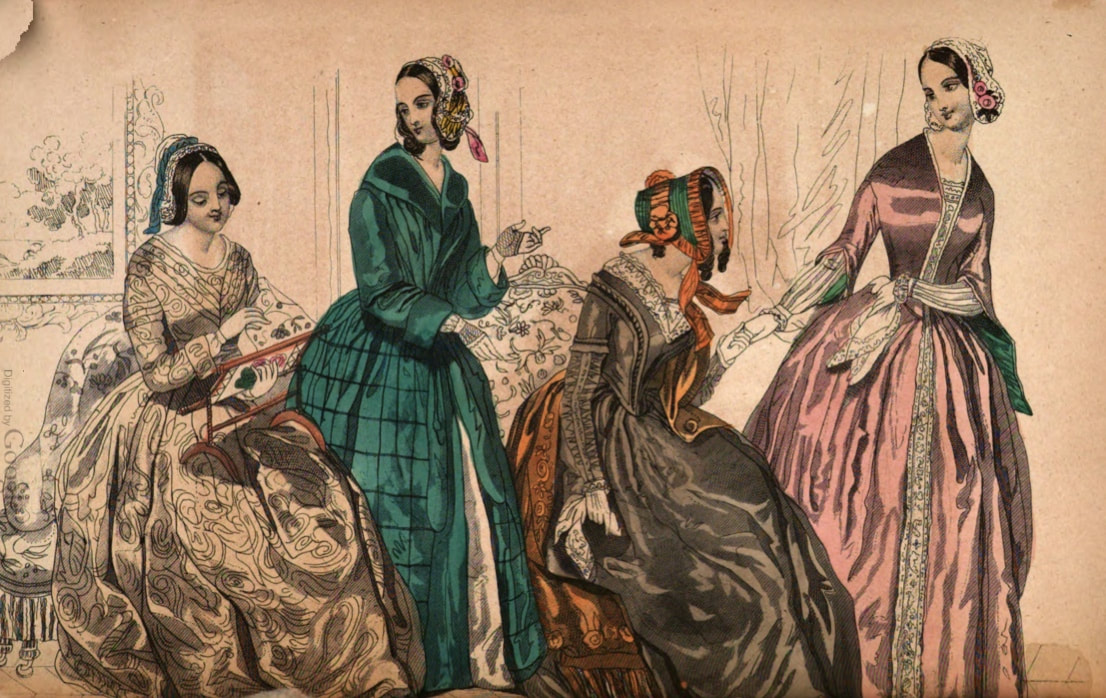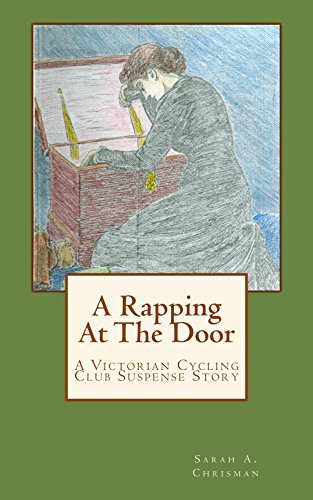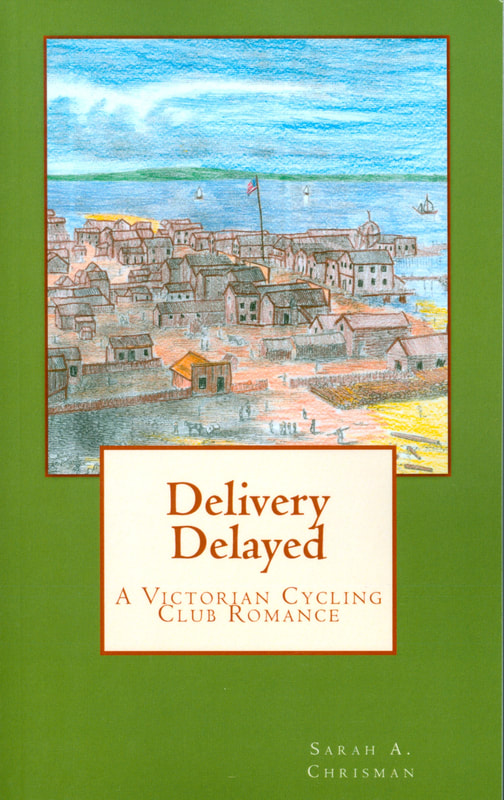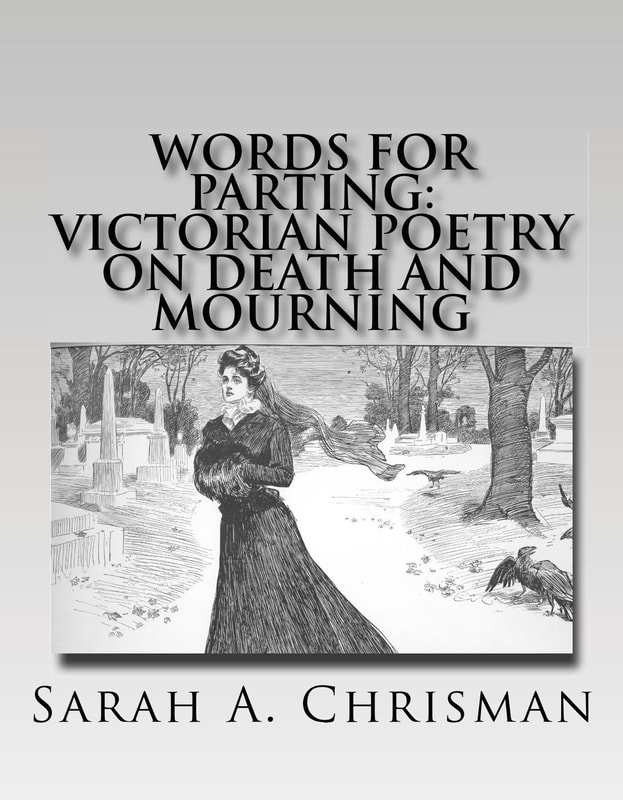"…Most modern Americans tend to associate the feast with the seventeenth century and pilgrims, but the celebration of the holiday was limited to New England until well into the nineteenth century. The concept of a festal celebration of thanks is an old one but it took a Victorian lady to institutionalize it. Specifically, it took the editress of one of my favorite magazines, Godey’s Lady’s Book, Sarah Josepha Hale.
Interestingly, Hale’s conviction that we should have a national day of thanks played a part (although admittedly a small one) in landing her the job at Godey’s. Hale began her writing career with a novel entitled Northwood; or, Life North and South: Showing the Character of Both, and her conviction about Thanksgiving enters into the book in a manner somewhat resembling a Socratic dialogue:
“…Is Thanksgiving Day universally observed in America?” inquired Mr. Frankford.
“Not yet; but I trust it will become so. We have too few holidays. Thanksgiving, like the Fourth of July, should be considered a national festival, and observed by all our people.”
“I see no particular reason for such an observance,” remarked Frankford.
“I do,” returned the Squire. “We want it as the exponent of our Republican institutions, which are based on the acknowledgement that God is our Lord, and that, as a nation, we derive our privileges and blessings from Him. You will hear this doctrine set forth in the sermon tomorrow.”
“I thought you had no national religion.”
“No established religion, you mean. Our people do not need compulsion to support the gospel. But to return to our Thanksgiving festival. When it shall be observed, on the same day, throughout all the states and territories, it will be a grand spectacle of moral power and human happiness, such as the world has never yet witnessed.”1
Northwood . . . was an instant success—which was lucky for Hale, since she wrote the book after her husband died and she suddenly found herself a single mother with children to support, including a brand-new baby. Less than a month after the book was published, Hale received a job offer for the editorship of a new “ladies’ magazine.” She would move on from that project to Godey’s, which became one of the most important periodicals in nineteenth-century America. It is now primarily remembered for its fashion plates and craft articles, but the magazine covered social issues as well.
Throughout her publishing career, Hale continued to champion her pet cause of turning Thanksgiving into a holiday shared by all people, not just New England Protestants: “. . . [C]ould not every Christian nation and every Jewish family in the world join us in this Thanksgiving, on the last Thursday in November?”2
Hale took the case for Thanksgiving to the highest authority in America— all the way to President Lincoln. In a letter to Lincoln dated September 28, 1863, Hale directed her perpetual request to the country’s commander in chief. Given that the Civil War was raging and September’s 174 battles had resulted in 35,499 casualties3 (including Lincoln’s own brother-in-law, Brigadier General Benjamin Hardin Helms, killed in the Battle of Chickamauga on September 214), one might consider that the president of the divided United States had weightier matters on his mind than a holiday proposal by the editor of a domes- tic magazine. However, he clearly read Hale’s letter and seemed to think her cause a worthy one—or at least, that it was politically savvy. (Declaring a day of thanks is, after all, politically somewhat analogous to kissing babies: easy to do and few people object.)
On October 3, 1863, President Lincoln proclaimed that the last Thursday in November would be a national Thanksgiving, exactly as Hale had proposed.5 Personally, the part of this story I find the most impressive is its timing: President Lincoln’s proclamation came less than one week after Hale had written her letter! Given the condition of the twenty-first-century postal system, I have difficulty imagining a modern American president even receiving a physical letter in less than a week, let alone acting on it!
Lincoln’s presidential proclamation (which was a one-time deal, for a Thanksgiving in 1863 alone) still wasn’t enough for Hale. She requested another Thanksgiving the following year and it was again granted by presidential decree. By this time, the country was getting used to the idea, and on April 8, 1865, the citizens of New York sent President Lincoln a thirty-one-page petition containing approximately 870 signatures requesting a national day of Thanksgiving.6
After Lincoln’s assassination, later presidents continued the tradition and appointed yearly Thankgivings at the end of every November. Still not satisfied (and by now slightly obsessed), Hale’s magazine urged not just the president, but Congress as well, to recognize her pet holiday. In 1874, when Hale was in her late eighties, an Editor’s Table piece in Godey’s pled for Congressional recognition of Thanksgiving and was accompanied by a hymn to the holiday—written by its strongest advocate.7 Why, exactly, old Mrs. Hale felt such a driving need to keep fighting a battle that was already won is unclear. Perhaps she had just gotten used to fighting it. Unfortunately, she didn’t live to see the Congressional chapter of Thanksgiving’s story (which would finally take place in 1941).8 However, she had certainly achieved her goal as far as the public was concerned. By the 1870s, Thanksgiving was already such a part of America’s subconscious that the book Thanksgiving: Memories of the Day . . . refers to the holiday as if its origins had been lost to the annals of time:
"…The bare mention of the word, the Old Thanksgiving Day—what a power it has to revive the pleasant reminiscences, and recall the brightest scenes of other days in many hearts! It transports them to the homes of their childhood. It takes them at once into the presence of the father and mother who, it may be, for many years have been sleeping in the grave. It recalls their smiles of affectionate greeting, their tones of cheerful wel- come; tones and smiles such as none but they could give. Every image of peace, contentment, competence, abundance and joy, comes back spon- taneously on each return of the grateful festival.9"
The national holiday had become exactly what Mrs. Hale had envisioned, and what it remains to this day: a celebration of home and hearth and the blessings for which we are grateful." --This Victorian Life
Sources cited in excerpt:
1 Hale, Sarah Josepha. Northwood; or, Life North and South: Showing the Character of Both. New York: 1852. p. 68.
2 Hale, Sarah Josepha. Manners; Or, Happy Homes and Good Society All the Year Round. Boston: J. E. Tilton and Company, 1868. p. 6.
3 “Battles and Casualties of the Civil War Map.” www.washingtonpost.com/wp-srv/lifestyle/special/ civil-war-interactive/civil-war-battles-and-casualties-interactive-map.
4 “Civil War Timeline / Chronology for 1863.” blueandgraytrail.com/year/186309.
5 Baker, Peggy M. “The Godmother of Thanksgiving: The Story of Sarah Josepha Hale.” www.pilgrim- hallmuseum.org/pdf/Godmother_of_Thanksgiving.pdf.
6 New York Citizens to Abraham Lincoln, Saturday, April 8, 1865 (Petition requesting day of thanksgiv- ing). Letter. From Library of Congress, The Abraham Lincoln Papers, Series 1, General Correspondance, 1833–1916. memory.loc.gov/cgi-bin/ampage?collId=mal&fileName=mal1/415/4159500/malpage. db&recNum=0.
7 Editor’s Table. “Our National Thanksgiving Day,” Godey’s Lady’s Book and Magazine, Volume LXXXIX, No. 533, November 1874. p. 471.
8 Baker, ibid.
9 Adams, William. Thanksgiving: Memories of the Day: Helps to the Habit. New York: Scribner, 1873. p. 4–5.







 RSS Feed
RSS Feed